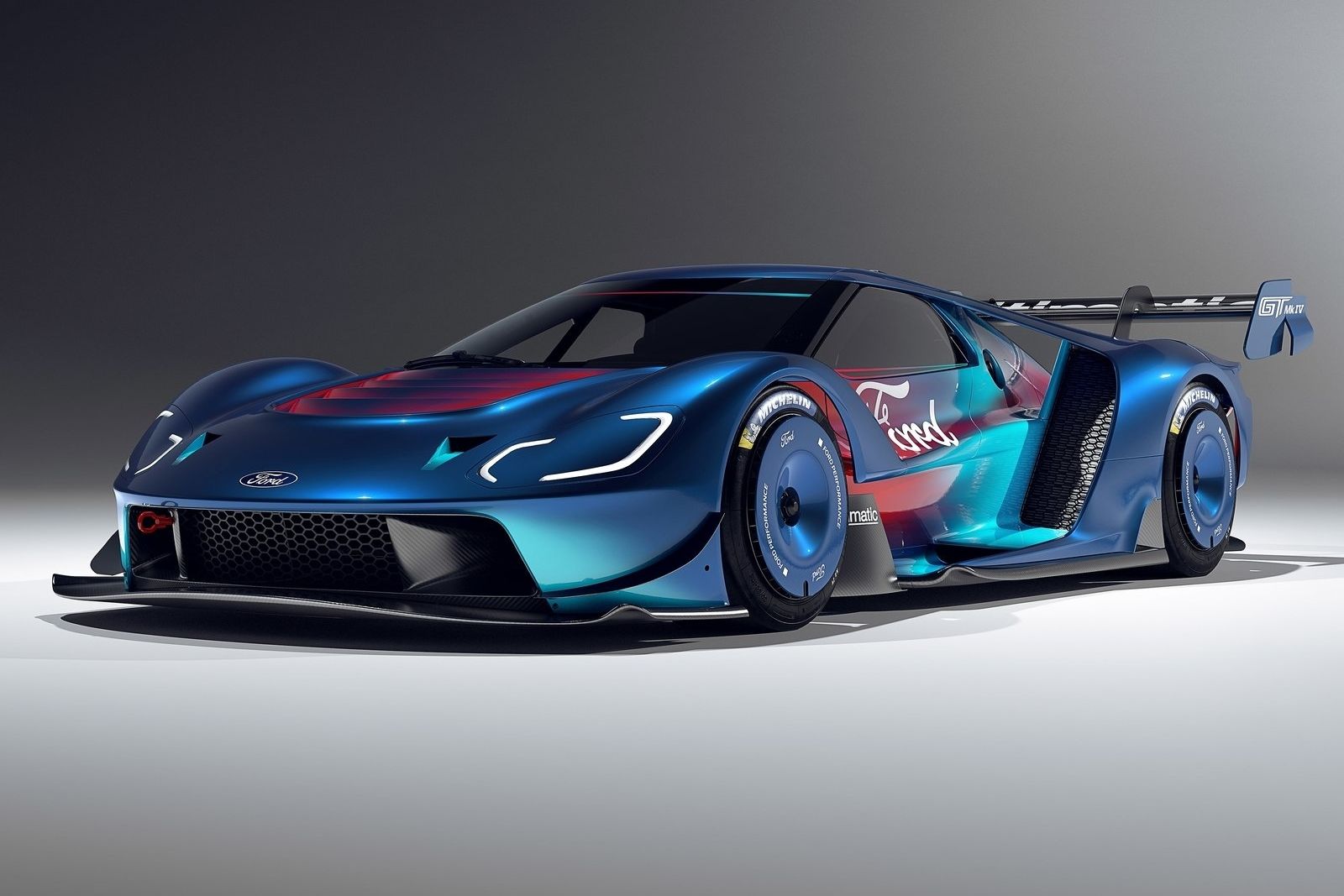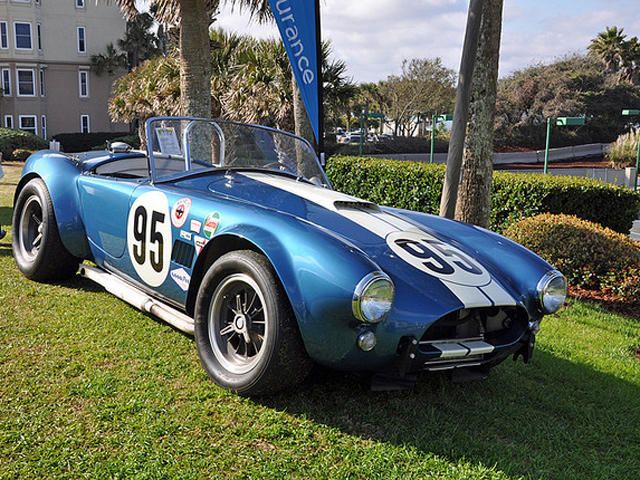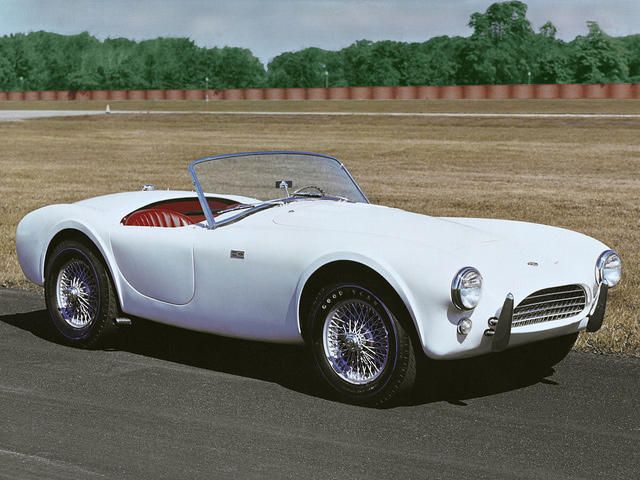The worlds of motorsports and cars in general lost one of the greats recently. Carroll Shelby had a huge impact on racing, and his name has become a byword for performance car enthusiasts. Shelby had achieved fame in 1959 when he piloted an Aston-Martin DBR1 to a win at the 24 Hours of Le Mans, but it was in 1961 when work would begin on the cars which would make him a legend. This first car was the larger-than-life Cobra, originally a small British roadster, which would be converted into a car which had Ferrari running scared.
The story of the Cobra really begins with the AC Ace, a small roadster which went into production in 1953. The car had used the Bristol 2.0-liter inline-six, a 100 horsepower engine dating back to just after the First World War. Naturally, this meant that the engine was positively ancient by the Sixties. Bristol therefore decided to discontinue it in 1961, and AC began work on a new car, an evolution of the Ace which used a 2.6-liter Ford Zephyr engine. Toward the end of the same year, Shelby wrote to AC about the possibility of using a Ford 260 HiPo V8 in their car, and asking if they would provide a prototype.
It is believed by some that AC was without an engine for the car when Bristol discontinued their six-cylinder engine, and that it was the association with Shelby that saved the company, but the truth is that the plans for the 2.6 engine where already in place by the time Shelby wrote about using the bigger engine. The modification actually proved to be fairly simple. Most of the design changes required to fit a V8 under the hood had already been made for the sake of the 2.6 engine. Shelby had thought of the 260 as the perfect engine for his Cobra, since it was very compact for a V8 at the time, but it wasn't long before the engine was replaced.
The Mark I, as the first generation of the Cobra is known, was produced only from 1962 to 1963, and not even all of these have the 260 engine. Just 75 260 Cobras were built, with the remaining 51 Mark I Cobras getting the bigger 289 Windsor V8. Shelby worked with AC on some design changes so that the new 289 engine would be a better fit, and this saw the introduction of the Mark II Cobra in 1963. The Mark I and Mark II Cobras were extremely successful, at least at first. This was especially true in the US domestic race series, where the Cobra lost only one race in three years of competition.
But by as early as 1964, there was a divergence in the evolution of the Cobra. In the US, the Cobra was doing well against its chief rival, the Corvette, but Shelby would still start to look at bigger and bigger engines to remain competitive. Europe was another story. The Cobra raced there against the Ferrari 250 GTO, a less powerful but more aerodynamic car. The Cobra was great on the typically shorter American tracks, where its power could be better used to its advantage, but on the long straightaways found on European tracks (most notably the famous Mulsanne straight at Le Mans) the Cobra's aerodynamic disadvantage allowed the Ferrari to pass it.
This led to the development of the Daytona, which we covered in a previous series and is essentially a hardtop version of the Mark II Cobra. This was successful at first, but Ford soon developed a better car for beating Ferrari, the GT40, and this took over racing duty as the priority shifted from GT class wins to overall victories. Shelby experimented briefly with a 390 engine in the Mark II Cobra, but ultimately concluded that a new generation of the Cobra with a 427 engine was the way to go. This was a car which was intended to compete with the Corvette in domestic sports car races, and that meant that Ford took a bigger interest in the car.
They saw it as the best way for their name to be associated with something which could wallop a Corvette on the track. This car began production in January of '65, and the 485 hp it produced was not only an incredible number, but it was also enough to carry competition models up to 185mph. Probably the most famous two 427 Cobras were those modified by Shelby himself with the addition of a pair of Paxton superchargers. Shelby kept one of these for himself, and gave one to his friend, Bill Cosby. Cosby gives a hilarious account of just how terrifying it was to drive this beast in his album "200 M.P.H.", which also includes a very funny impression of Carroll Shelby.
Impressive as the Cobra was, it was a financial flop, and Ford and Shelby ended their involvement in 1967. AC continued to sell the car in various forms in Europe until 1973, but it wasn't exactly a big success for them either. What the Cobra really did was introduce Carroll Shelby's name to the world of car making, and his name is still attached to cars today.



